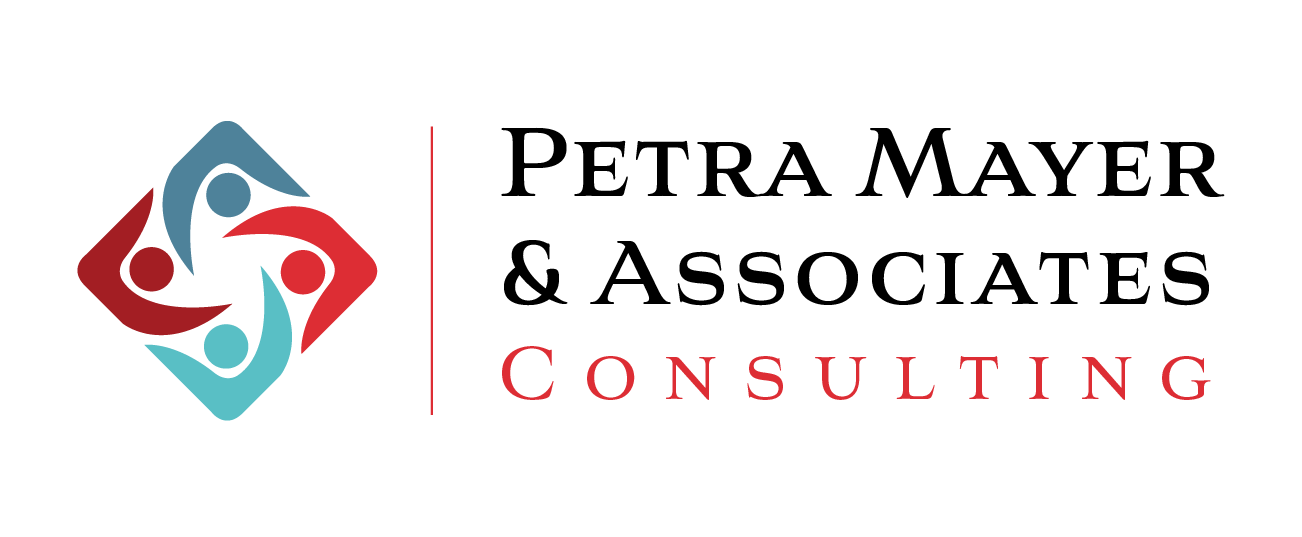When it comes to digital content, creating an inclusive online environment is not just a choice but a necessity. Accessibility ensures that everyone, regardless of ability or disability, can perceive, understand, navigate, and interact with the content on websites, applications, and other digital platforms.
Accessibility goes beyond just compliance with standards – it’s about building an environment where digital content is available to and usable by everyone. This article will look into the details of building content that breaks down barriers and embraces diversity. From understanding key accessibility concepts to practical strategies for designing new content and refreshing old content, this guide aims to empower content creators to make a positive impact on the accessibility landscape.
Understanding Key Accessibility Concepts
Starting the journey to web accessibility involves understanding its core principles. These four foundational principles serve as guidelines for creating digital spaces that cater to the diverse needs of users and are as follows:
- Perceivable: Content should be presented in a way that users can perceive it. This involves providing alternatives for non-text content, making multimedia elements easily understandable, and ensuring compatibility with assistive technologies.
- Operable: Users should be able to interact with and navigate the content. This includes keyboard accessibility, providing sufficient time for users to read and complete tasks, and avoiding content that could cause seizures or physical discomfort.
- Understandable: Information and operation of the user interface must be clear and straightforward. This involves readable and predictable text, input assistance, and avoiding design elements that might cause confusion.
- Robust: Content must be reliable and compatible with a variety of user agents, including assistive technologies. It ensures that as technology evolves, the content remains accessible.
Understanding the impact of inaccessible content is crucial. Beyond legal consequences, inaccessible content can result in the exclusion of a significant portion of the audience. It can lead to frustration, limited engagement, and a negative perception of your brand or platform.
Designing for Accessibility
Next, let’s explore some of the essential practices that will empower you to craft content that prioritizes an inclusive user experience. By incorporating these practices, your organization not only meets compliance requirements but also embraces a commitment to inclusivity and user-centred design.
- Text and headings
Use clear and descriptive headings to structure content. Ensure text is legible with sufficient contrast, and avoid using images of text.
- Alternative text for images
Provide meaningful alternative text for images to assist users who rely on screen readers. Describe the content and function of the image concisely.
- Multimedia accessibility
Add captions and transcripts to videos and audio content. Ensure that any interactive elements are accessible through keyboard navigation.
- Structured Documents
Use semantic HTML to create well-structured documents. This not only enhances accessibility but also improves overall SEO.
- Awareness Programs
Train your content creators on accessibility principles. Create awareness about the importance of building content that caters to diverse user needs.
- Technology updates
Stay informed about the latest web accessibility standards and guidelines. Regularly update your content creation tools and platforms to incorporate new accessibility features.
Building accessible content is not just a compliance requirement, it’s a commitment to inclusivity and user-centred design. By understanding the principles of accessibility, addressing common barriers, and implementing practical strategies, organizations can create content that resonates with a diverse audience while staying aligned with legal and ethical standards.
Refreshing Old Content for Accessibility
As digital landscapes evolve, it’s equally important to revisit and enhance existing content to align with current accessibility standards. Refreshing old content involves a systematic approach to identifying and addressing accessibility gaps. First, you will need to conduct an audit of your content, then, take the necessary steps to improve it. Here are some tips to get started on these two steps:
Content Audit
Conducting a thorough content audit is the first step in understanding the accessibility status of existing material. Automated tools, combined with manual assessments, help identify inaccessible elements such as images without alternative text, videos lacking captions, or documents without proper heading structures. This comprehensive review provides a baseline for necessary improvements.
Not all content may require immediate attention, so prioritizing updates based on impact and importance is essential. Focus on critical content, frequently accessed pages, or materials integral to user interactions. This approach ensures that the most crucial elements are addressed promptly, maximizing the positive impact on user experience.
Retrofitting Strategies
Images and multimedia are integral components of content but can pose challenges for users with visual or auditory impairments. Retrofitting strategies involve adding descriptive alternative text to images, ensuring they convey meaning independently. For multimedia, providing accurate captions and transcripts enhances comprehension for users who rely on text-based content.
Accessibility in navigation is fundamental for users to seamlessly interact with digital content. Retrofitting efforts should focus on improving the structure of documents and web pages. This includes implementing proper heading hierarchies, creating descriptive link texts, and organizing content in a logical flow. These enhancements not only benefit users with screen readers but contribute to a more user-friendly experience for all.
Refreshing old content for accessibility is a proactive measure, aligning digital assets with inclusive design principles. By conducting a comprehensive content audit and implementing retrofitting strategies, organizations ensure that their legacy materials contribute to a barrier-free digital environment. This commitment to accessibility reflects positively on the organization’s values and fosters an inclusive online community.
The Changes to Legislation in Ontario
For organizations operating in Ontario, it’s crucial to understand the mandates outlined in the Accessibility for Ontarians with Disabilities Act (AODA). This legislation sets standards for accessibility in areas like customer service, transportation, and information and communications. Staying informed about AODA updates ensures your digital content aligns with local accessibility requirements. Specifically, businesses employing 20 or more individuals, along with public sector organizations, must submit an AODA accessibility compliance report by December 31, 2023.
Some of the obligations include:
-
Employee and volunteer training
Provide training for employees and volunteers to enhance awareness and understanding of accessibility.
2. Accessible customer service
Implement measures to ensure that customer service is accessible to all individuals, regardless of their abilities.
3. Accessible employment practices
Establish and uphold accessible employment practices within your organization.
4. Accessible information
Make information accessible to all, adopting formats that cater to diverse needs.
5. Accessible education and training materials
Develop and provide education and training materials in formats that are accessible to individuals with varying abilities.
6. Creation of accessible public spaces
Ensure that public spaces created by your organization adhere to accessibility standards.
It’s essential to note that this is a summarized overview of some of the policies and standards that businesses falling within this category must include in their report. For a comprehensive understanding, please refer to the Ontario Accessibility Rules for Businesses and Non-Profits.
Extending Accessibility Beyond Online Content
Lastly, it’s important to note that accessibility isn’t confined to online spaces. It also should extend to live environments, including live sessions and client interactions. Ensuring accessibility during real-time interactions is crucial for providing an inclusive experience. This includes considering the accessibility of presentation materials, providing alternative formats, and accommodating diverse needs during face-to-face or virtual engagements.
Final Thoughts
Fostering inclusivity is not just a choice but a necessity. Accessibility ensures that digital content is not only available but truly usable by everyone. Whether you are designing entirely new content or refreshing your old content, a systematic approach will help break down the pieces into sizable jobs. While we have explored a few core accessibility principles and actionable strategies for crafting and refreshing content, we encourage you to take the time to research the specific accessibility guidelines that apply to your location and industry.
Ready to Get Started?
Connect with our expert advisors today for tailored solutions! Contact us now!

